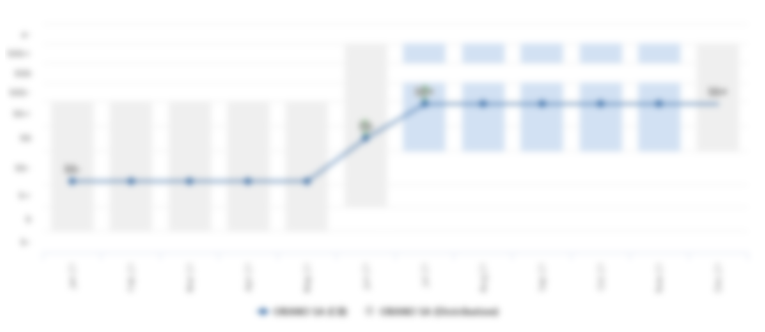
Russia and America are in high-profile talks to defuse tensions over NATO boundaries and Ukraine (which holds a Credit Consensus Rating (“CCR”) of b-), but the Russian intervention in Kazakhstan (CCR of bbb-) has attracted less attention. Russia clearly sees the country as strategically important and part of its sphere of influence. The vast former Soviet republic provides more than 40% of the world’s uranium supply, mainly via state-owned Kazatomprom. Uranium prices and uranium mining firm equities both jumped in early January as the situation in Kazakhstan deteriorated, although the effect was short-lived.
The Russian intervention does highlight the global importance of uranium supplies for military and power generation purposes. While a growing list of developed countries are turning towards obviously sustainable and clean technologies, there is a two-way pull on nuclear. China is planning to build 150 nuclear reactors in the next 15 years, while France, along with some of the Eastern EU countries, is arguing that nuclear energy should be included in the “clean” taxonomy. If that goes ahead, then the geopolitics of uranium supply will begin to shift. And for some emerging and frontier economies, reliable and cheap energy from nuclear is already a more tempting option than the sustainable alternatives. Currently trading at $45/lb, uranium is up from a low of $20 in 2018.
In addition to Kazatomprom, major uranium producers are Cameco, BHP, Orano, Rio Tinto, Swakop (Namibian j.v. with China), CNNC and CGN (China), and Uranium One (Russian owned, Canada operated). Some of these are unrated by major CRAs, but most of them have a CCR, ranging from a+ to bb+. Credit consensus trends are stable to slightly positive.
The chart below shows the trend for Orano, which has mines in Canada and Niger, as well as a joint venture with Kazatomprom [please continue below to access full report].
Figure 1: Credit Trend, Orano SA
